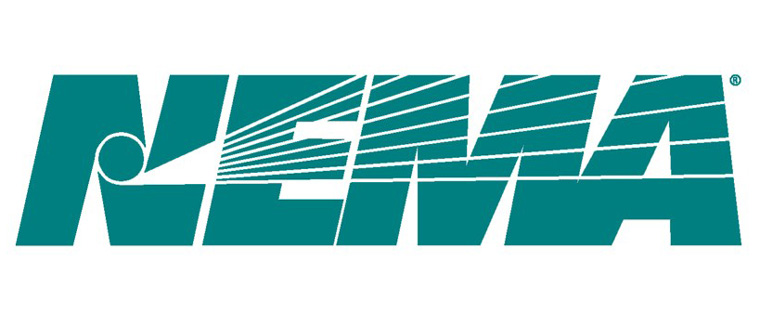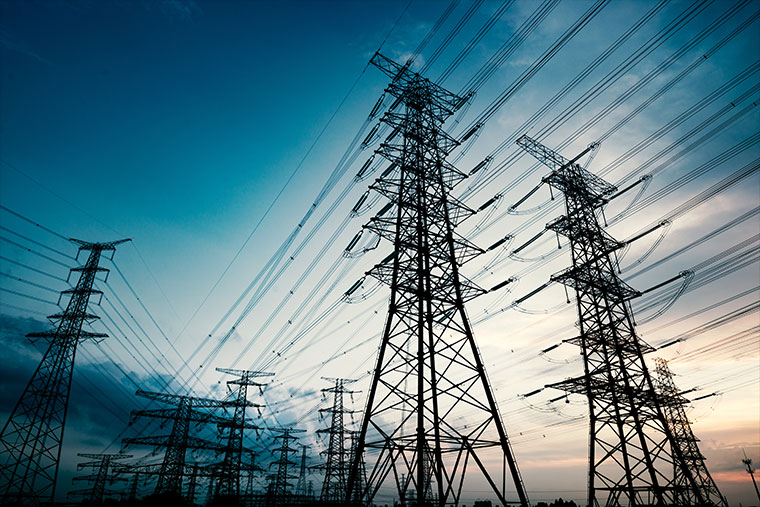 ARLINGTON, Va. — Today, the National Electrical Manufacturers Association (NEMA) and the Digital Climate Alliance (DCA) jointly sent a letter to the Biden Administration applauding the recent publication of its Federal-State Modern Grid Deployment Initiative and the focus it brings to grid modernization. Additionally, the letter calls on the White House to identify and lead on specific policy actions and programs to prioritize and promote innovative grid infrastructure technologies to meet identified commitments.
ARLINGTON, Va. — Today, the National Electrical Manufacturers Association (NEMA) and the Digital Climate Alliance (DCA) jointly sent a letter to the Biden Administration applauding the recent publication of its Federal-State Modern Grid Deployment Initiative and the focus it brings to grid modernization. Additionally, the letter calls on the White House to identify and lead on specific policy actions and programs to prioritize and promote innovative grid infrastructure technologies to meet identified commitments.
The national transition to an all-electric economy requires a modern, integrated grid that incorporates technologies and products that promote efficient connection, resiliency, and digitalization. Our organizations agree with the Administration that the adoption of modern solutions across the transmission and distribution grid is a practical approach to protect communities across the United States from the impacts of extreme weather, to deliver reliable capacity, and to meet skyrocketing demand for energy.
“NEMA members manufacture the technologies that are critical to securing and strengthening the power grid we all rely on,” said Debra Phillips, President and CEO, NEMA. “As we continue to scale manufacturing capacity to meet Americans’ increasing demand for electrification, the recommendations outlined in our letter aim to provide a roadmap for modernizing grid transmission and distribution by promoting technology innovation.”
The Administration rightly recognizes that collaboration among state and federal jurisdictions, along with grid owners, operators, and component suppliers, is paramount to achieving the Initiative’s commitments. Each has a defined role to play; to that end, NEMA and DCA encourage specific, focused, and immediate policy actions. Recommendations for promoting and incentivizing technology innovation to modernize grid transmission and distribution include:
- Establishing a more defined and strategic approach to implement grid modernization programs authorized within the Infrastructure and Investment Jobs Act (IIJA), particularly the Grid Resilience and Innovation Partnerships (GRIP) program. The Department of Energy (DOE) should increase stakeholder education on the value of advanced grid enhancing technologies so they can be prominently incorporated into programmatic plans, such as monitoring and control/digital systems, smart meters, distributed energy management systems, DERs, and distribution circuits digitalization.
- Collaborating with Congress to advance federal permitting reform legislation which enhances process efficiency, signals market certainty, and attracts greater stakeholder resources and capital to grid modernization opportunities.
- Increasing federal funding to state grid resilience programs, such as the Energy Resilience and Conservation Investment Program (ERCIP) and the State Energy Program (SEP).
Our organizations also request that the Administration convene a “Grid Deployment Summit” with all key stakeholders to discuss and collaborate on ways to further the commitments identified in its Initiative.
To read the letter and full list of policy recommendations for advancing grid modernization, click here.
About the Digital Climate Alliance
The Digital Climate Alliance is a coalition of companies developing and utilizing digital technologies and tools to reduce their environmental impacts and those of their customers. Twenty-first century problems need twenty-first century solutions. The Alliance’s goal is to promote digital technologies and tools to enable solving climate, water, and energy challenges that impact economic development, business growth, social well-being, and ecosystem health.
Tagged with electrification, electrifiED, government, infrastructure, NEMA





